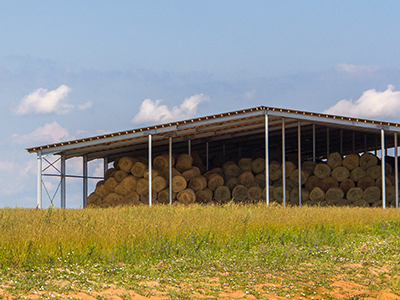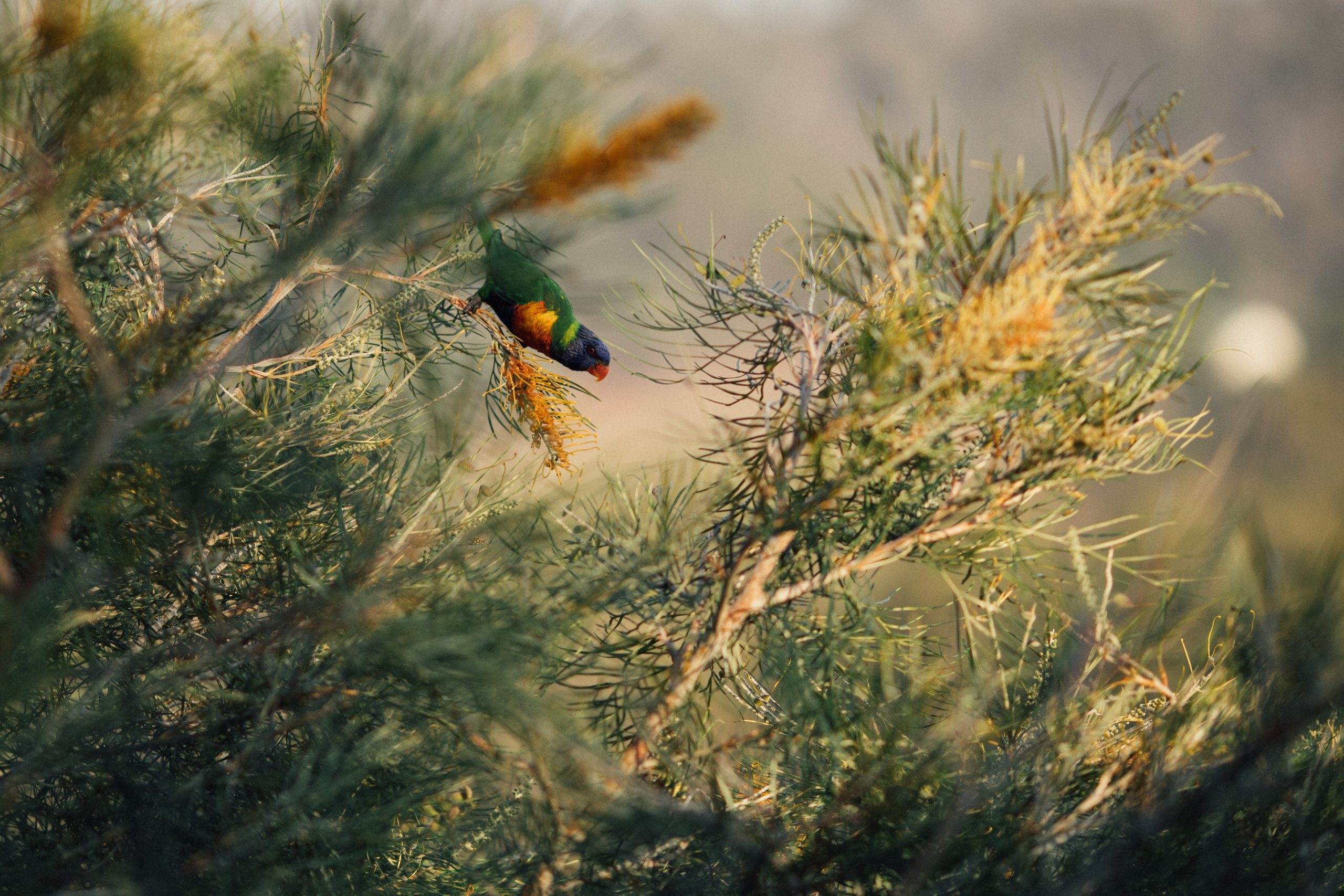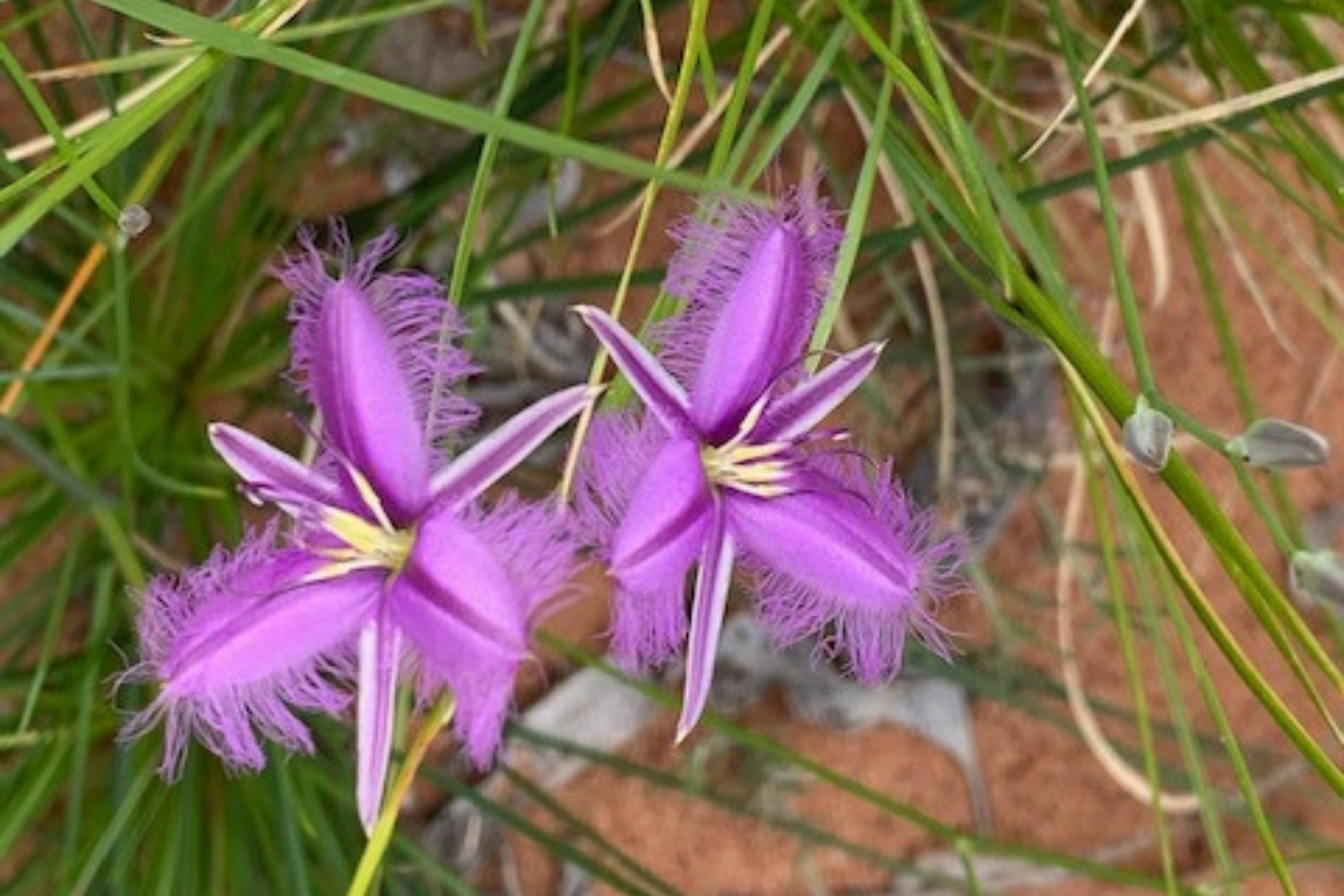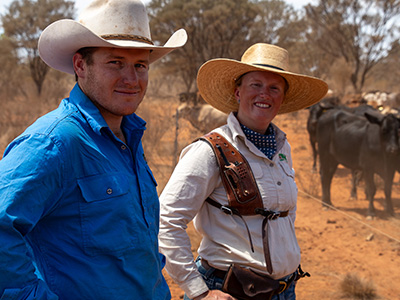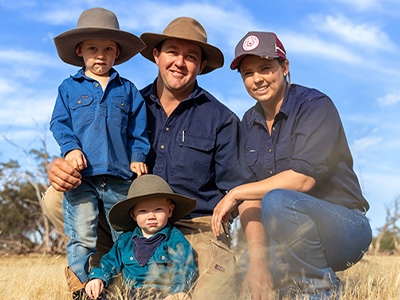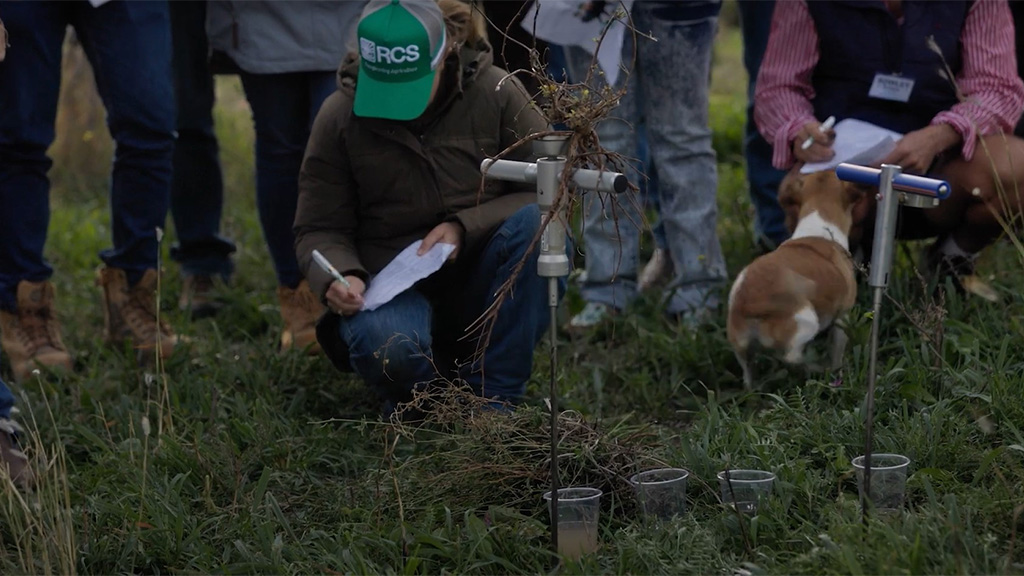Healthy biodiversity is a functioning landscape that retains rainfall and nutrients, maximising photosynthesis and creating carbon compounds to feed life above and below ground. As farmers, creating greater biodiversity provides many benefits, including:
- A wider diet selection for grazing animals through all seasons.
- Soil rich in plant nutrients with high absorbency for plant moisture.
- Resilience in the face of natural extremes, with cooler surface temperatures and increased water holding capacity.
- A wide range of fauna and flora across landscapes.
- Improved living, working and playing thanks to the overall improved setting.
The developing Environmental and Social Governance (ESG) policies of some businesses and banks require reporting of the environmental health of their country on their loan books, with many banks requiring borrowers to report this. RCS is developing the Farm Portrait as part of FarmEye that will assist land managers and stewards in measuring, recording and verifying their operations’ people, business, production and land components.
